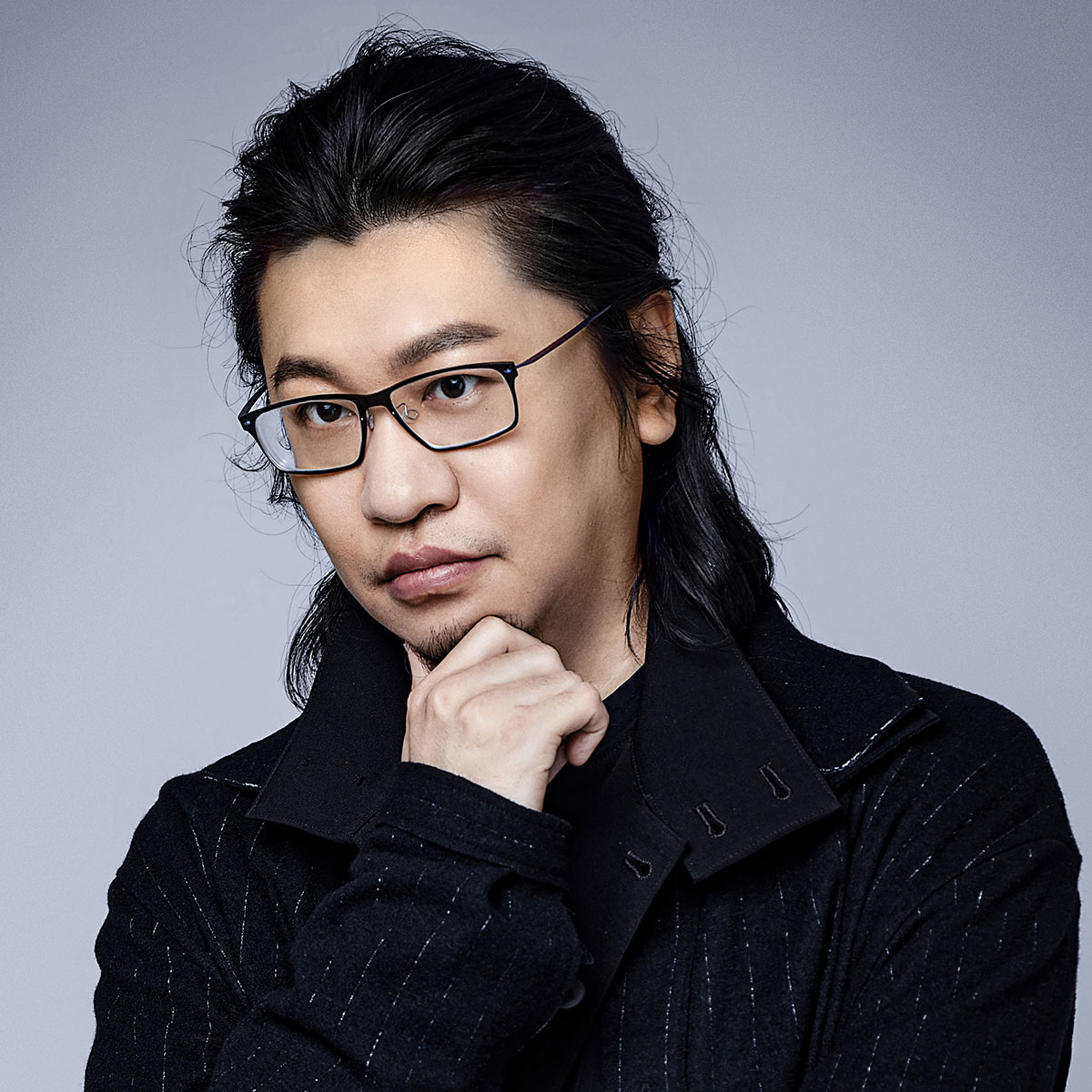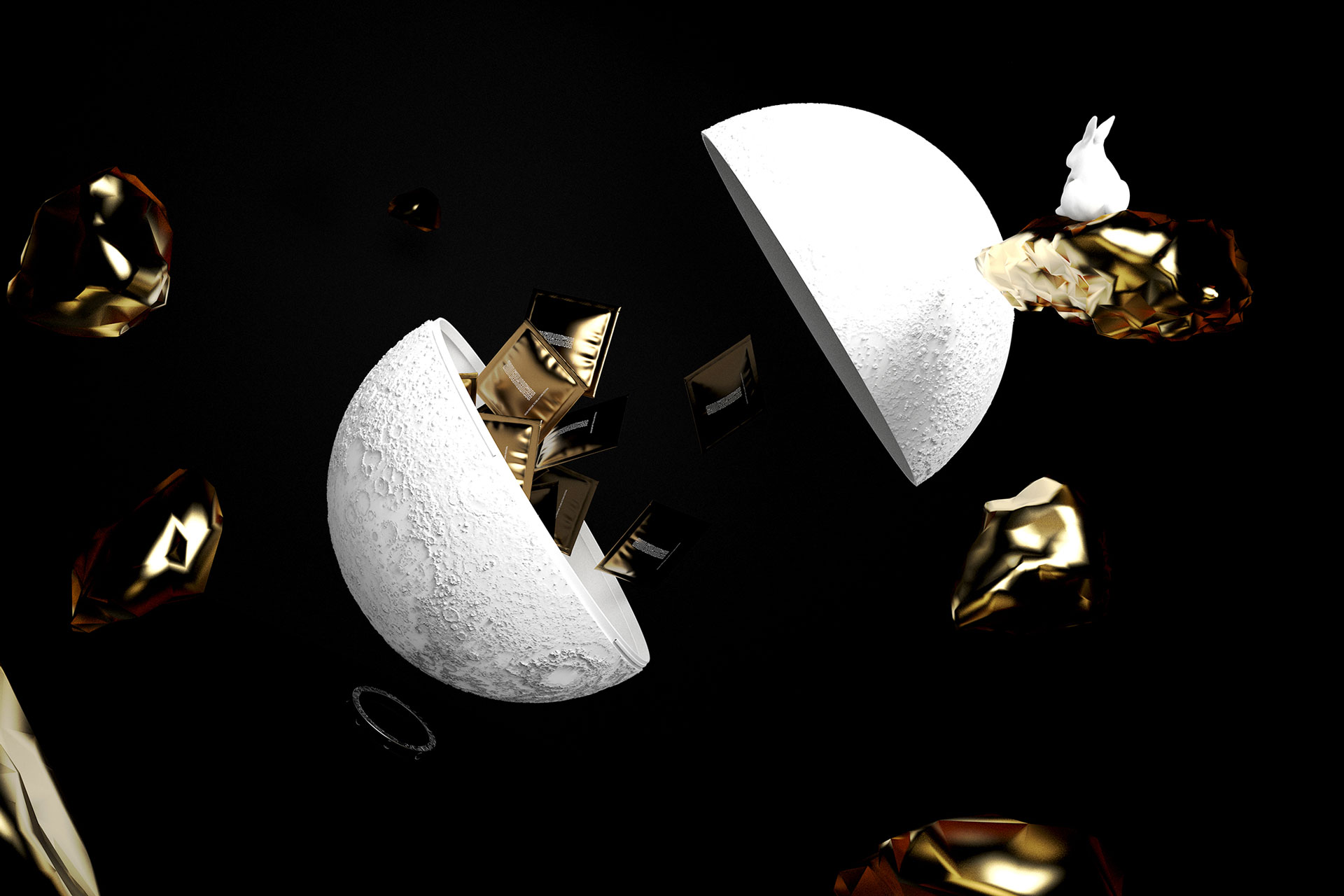1Please give us a brief bio of yourself and your design background.
I'm Li Jiuzhou, a designer hailing from China. During my student years, I focused on visual communication and advertising design as my major. Throughout my career, I've been delving into the realm of design, constantly pushing boundaries. My expertise extends beyond traditional graphic design, encompassing fonts, layouts, and graphics. I also keep a keen eye on contemporary design trends and draw inspiration from them as I evolve.
In my opinion, designers must stand on the front line with customers and provide more professional and high-quality services to produce more valuable content that can move consumers.
2What made you become/why did you choose to become a designer/artist?
My father made me have a great interest in art. My dream since childhood is to be engaged in art like how my father is. I studied oil painting, sculpture, sketch and even printmaking to become closer to my dream. As the years go by, I find that I enjoy combining art with design. I think design should serve the people so that people can be happier in the process of using products through vision, touch and usage method.
3Tell us more about your agency/company, job profile, and what you do.
I have been the design director for more than ten years with more than 200 projects to account for my vast experience in design. At present, I have set up my own design studio dedicated to creating cultural design. My creative field includes VI, kV, information design, web design, photo album design, movie poster design, product design, clothing design and brand design.
4What does “design” mean to you?
Design for me is highly intuitive!
5What’s your favourite kind of design and why?
I like original designs with native culture and emotion because only such designs are truly rich in my opinion.
6To you, what makes a “good” design?
Design's core purpose is to serve humanity. A truly valuable design revolves around people and their needs, prioritising their well-being and satisfaction. It considers preferences, comfort, and usability to improve lives and experiences. By focusing on people throughout the design process, we create solutions that are both visually pleasing and practical, addressing real-world issues and making a meaningful impact on society.
7How did you come up with the idea for your award-winning design?
Thousands of years ago, it was said that there was a rabbit in the moon which was as white as jade, henceforth earning the name "Jade Rabbit". Over time, the jade rabbit has become synonymous with the moon. In ancient times, literature wrote poems and lyrics that often symbolising the moon with a jade rabbit. This then propelled me a beautiful packaging that illustrates the relationship between the moon and the rabbit.
8What was your main source of inspiration for this design?
In China, 2023 corresponds to the Year of the Rabbit. During the Mid-Autumn Festival, the rabbit and the moon have a strong connection, and it's a customary practice to exchange tea as gifts. These symbols—moon, rabbits, and tea—essentially embody the spirit of the Mid-Autumn Festival.
9Do you think your country and its cultural heritage has an impact on your design process?
Yes, it has a great influence in my designing process! I am deeply attracted by the magnificent and ever present cultural history of my country.
10Congratulations! As the winner of the London Design Awards, what does it mean to you and your company and team to receive this award distinction?
It's a great honour to receive a Platinum in the 2023 London Design Award which has confirmed my cultural design concept.
11Can you explain a bit about the winning work you entered into the 2023 London Design Awards, and why you chose to enter this project?
Tea holds a significant position among the beverages in China. The Mid-Autumn Festival is a special occasion dedicated to cherishing the presence of distant family members in China. In my designs, I incorporate the sentiments and memories of my beloved relatives.
12What were the main challenges you faced during the design process, and how did you overcome them?
I successfully devised a way to ensure that tea packaging remains functional in daily life even after the tea has been consumed, rather than being discarded.
13How do you think winning this award will impact your future as a designer?
Receiving recognition through awards not only boosts my motivation but it also validates my efforts and accomplishments. It serves as a tangible reminder of my hard work and dedication, spurring me to continue striving for excellence in my endeavours.
14What are your top three (3) favourite things about our industry?
1. Fair and just competition principle.
2. Respect the culture of different countries.
3. An opportunity to lead the fashion industry.
15What sets your design apart from others in the same category?
A deep cultural and historical immersion, coupled with a keen awareness of fashion trends, profoundly influences one's style choices. When individuals have a strong connection to their cultural heritage and a rich understanding of their historical context, it often shapes the way they express themselves through clothing. This sensitivity to both culture and fashion allows them to create unique and meaningful style statements that reflect their personal identity and history.
16Where do you see the evolution of design industry going over the next 5-10 years?
Looking ahead to the next 5-10 years, design will increasingly gravitate towards a trend that melds elegance, cultural essence, and practicality seamlessly. Society's focus is shifting towards a greater emphasis on the meaning and utility of products. This evolution in design philosophy reflects a growing awareness of the need for both aesthetics and functionality in the products we create and use.
17What advice do you have for aspiring designers who want to create award-winning designs?
Valuing their nation's culture, designers aspire to delve deeply into its intricacies and seamlessly incorporate them into their creative work. An essential aspect of this process is the fusion of contemporary aesthetics, ensuring that the designs resonate with the prevailing sensibilities of the era.
By harmoniously blending cultural elements and current aesthetics, designers can produce creations that are not only culturally rich but also relevant and engaging to the modern audience.
18What resources would you recommend to someone who wants to improve their skills in the design industry?
Dive into literature that explores aesthetics, history, and psychology while also closely observing exceptional works across various domains to broaden your perspective. This intellectual exploration serves as a means to expand your horizons and deepen your understanding. By delving into these realms, you can gain valuable insights that enhance your creativity and enrich your appreciation of the world around you.
19Tell us something you have never told anyone else.
Some friends were surprised that I won a gold medal in the 2023 London Design Awards under Product Design because I majored in graphic design and advertising during my college and postgraduate studies, and product design was just my hobby. I love the charm of product design.
Design serves people's lives and product design has penetrated into people's lives. When people use products, they will get happiness from the use of products bit by bit according to the established design given by designers.
20Who has inspired you in your life and why?
I was inspired by four inspiring individuals. My father is a very talented stage art designer and film art master. He can think of many advanced ideas that others can't think of. My father guided me to the road of art design.
My university tutor Professor Tan Ping is a famous Chinese artist and educator. He built a bridge between design and art. I learned how to create from Professor Tan. My graduate tutor Professor Wu Xuefu taught me how to cross boundary boldly and he made me more confident to move from graphic design to product design.
21What is your key to success? Any parting words of wisdom?
Embrace fresh knowledge and diverse cultures, cultivating a deep reservoir of historical and cultural understanding, all while approaching design with genuine passion and a focus on human-centred principles. This approach to design centres around people, ensuring that products and creations are thoughtfully crafted to meet the needs and preferences of individuals, fostering a deeper connection and relevance to their lives.




